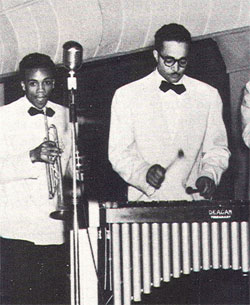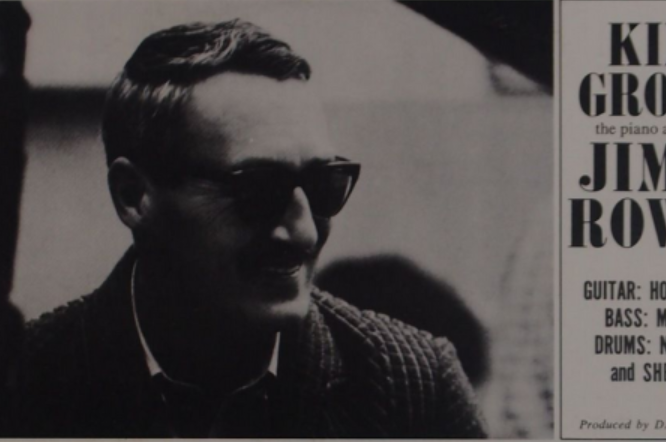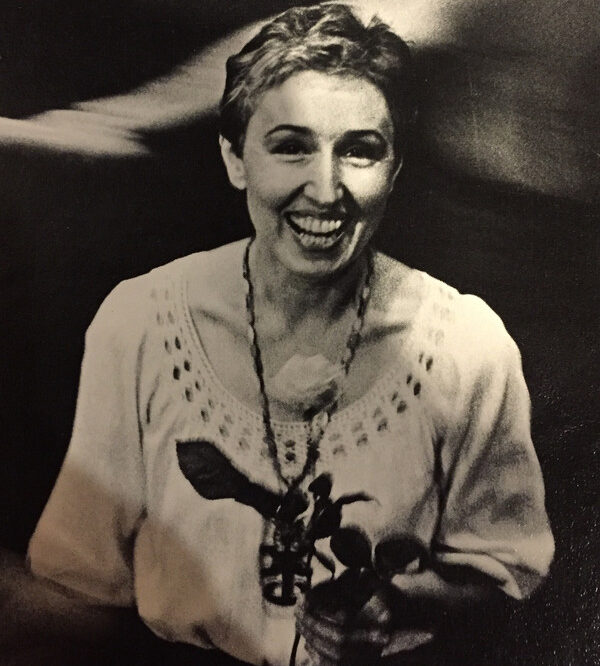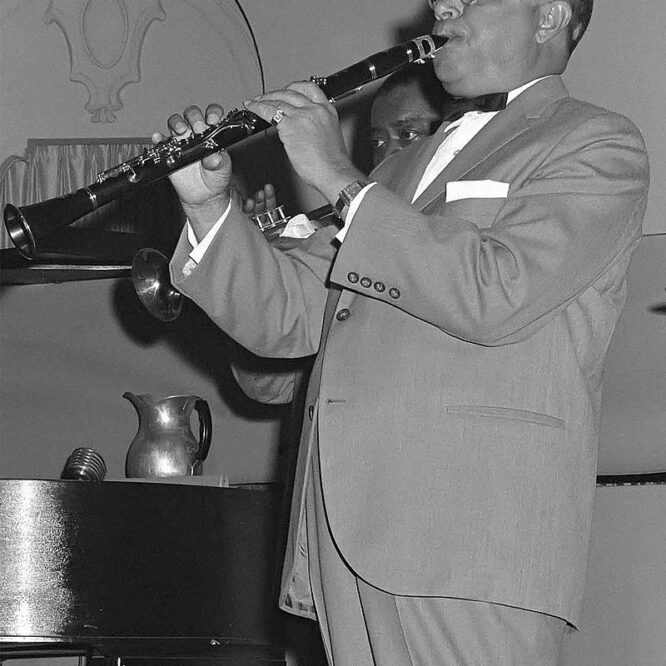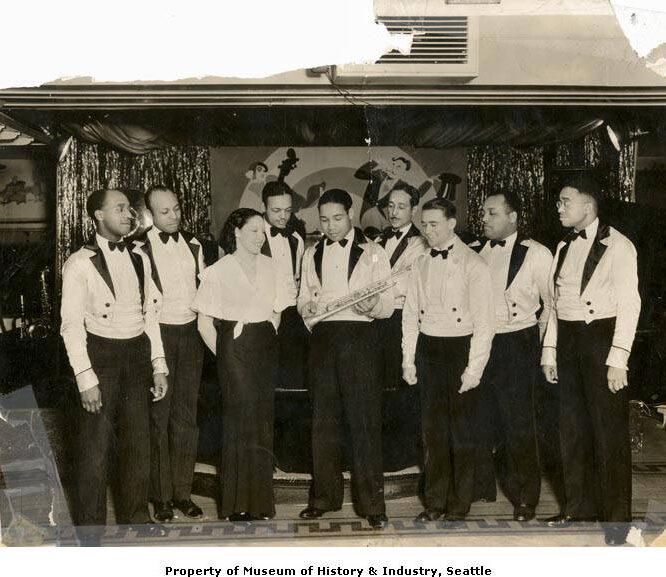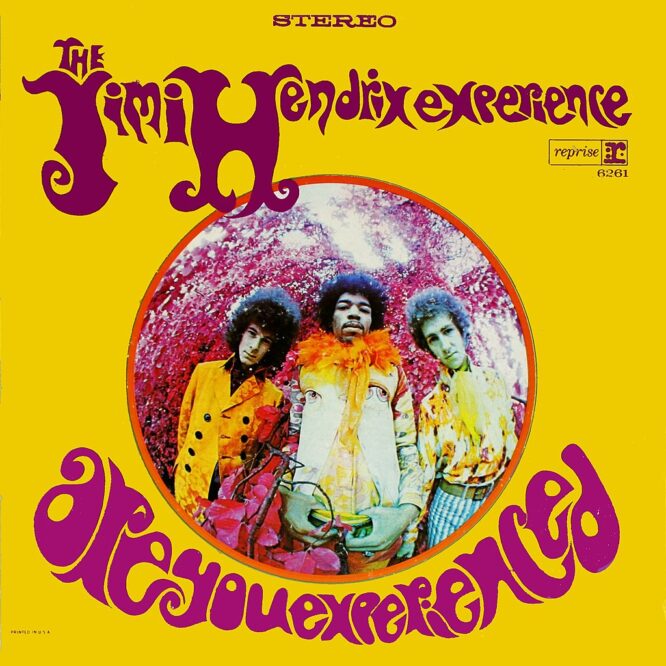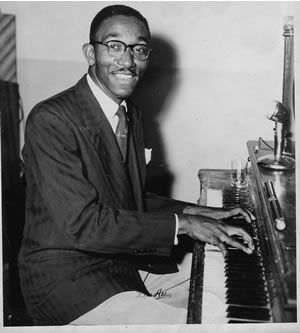Robert “Bumps” Blackwell
Hugely influential in Seattle and an important national record producer in early rock’n’roll (Little Richard, Sam Cooke), Robert “Bumps” Blackwell was a 1936 graduate of Garfield High School, studied music at Cornish College and began to show up on as a performer in the late ’30s, playing with Al Turay and arranging choral music for a musical. A better promoter than he was a musician, Blackwell ran a butcher shop on 23rd Avenue East and East Madison Street and led a variety of bands at the Washington Social Club, upstairs. He often had three to five bands working in various venues all over the city. His lasting contribution to Jackson Street was taking over the Charlie Taylor band that featured Quincy Jones and Buddy Catlett, which he renamed The Bumps Blackwell Junior Band and booked all over the Northwest. Blackwell left Seattle in 1950. … Continue readingRobert “Bumps” Blackwell
